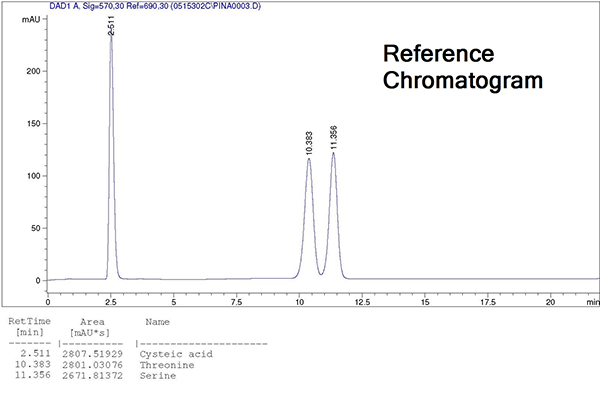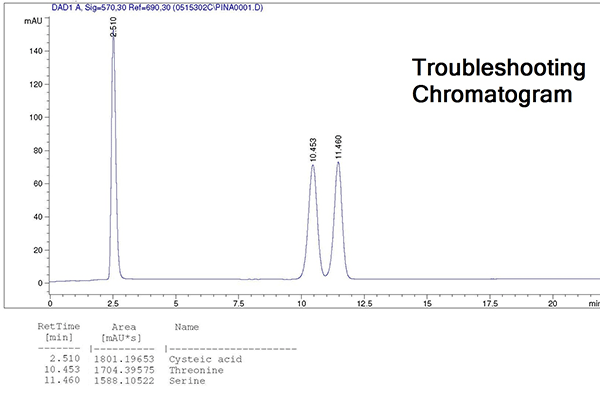Chromatography Quiz #28: 35th Anniversary Word Puzzle – Results
Pickering Labs would like to congratulate all of our winners for our previous newsletter’s 35th Anniversary Word Puzzle: Jim Balk from Nebraska DHHS Public Health Environmental Laboratory, Tom Schneider from Suffolk County Water Authority, Karissa Scroggins from North Coast 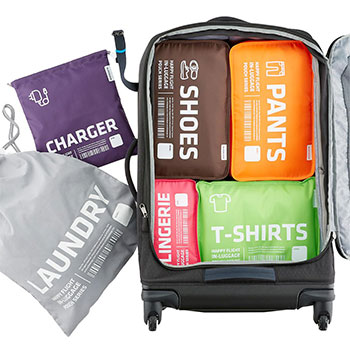 Laboratories, Narjes Ghafoori from LA County Environmental Toxicology Lab, Joy Gottlieb from New Mexico Department of Health Scientific Lab Division, Hossein Hajipour from Texas Dept. of State Health Services Laboratories, and Widchuda Meeim from Thailand Bureau of Quality Control of Livestock Products.
Laboratories, Narjes Ghafoori from LA County Environmental Toxicology Lab, Joy Gottlieb from New Mexico Department of Health Scientific Lab Division, Hossein Hajipour from Texas Dept. of State Health Services Laboratories, and Widchuda Meeim from Thailand Bureau of Quality Control of Livestock Products.
Winners will soon receive a Packing Organizer Set from the Container Store! This colorful set of 6 packing cubes are durable and clearly labeled to help you organize your suitcase! Just in time as you plan for those summer getaways!
Congratulations to our quiz winners and happy packing!
Thank you all for your submissions!
The correct answers for the Anniversary Word Puzzle are as follows:

Chromatography Quiz #29 – Amino Acids Elevated Baseline:
Simply email your answer as well as your full contact information to Rebecca at rlsmith@pickeringlabs.com by July 15, 2018 in order to win. You will receive email confirmation that your submission has been received. The answer to the quiz and winner congratulations will be published in the next issue (to be anonymous, please notify Rebecca in submission).
Maroon: Good chromatogram
Blue: Elevated baseline
What could be contributing to the elevated baseline?

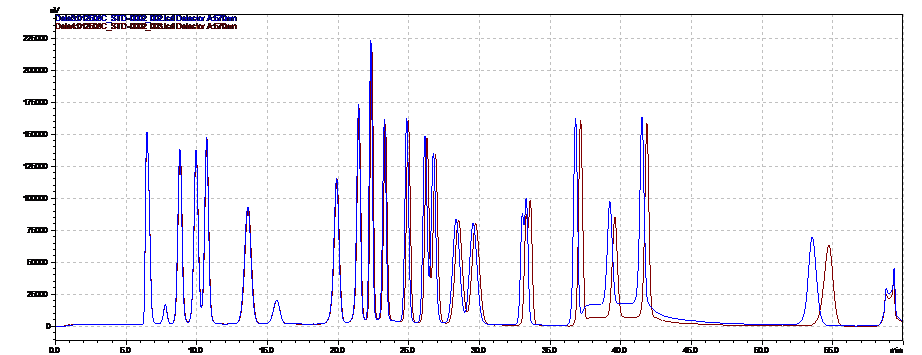
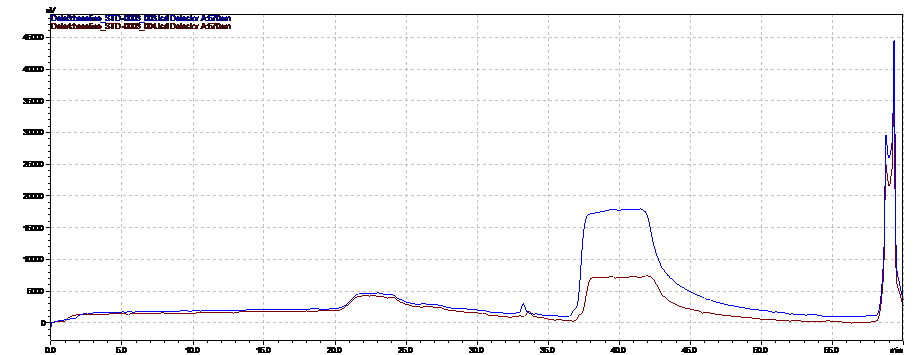

 From Mrs. Prindables website, “Two fine apples come topped with a fair pair of fowl… sure to be gobbled up with delight. One Triple Chocolate Jumbo apple and one Milk Chocolate Walnut Pecan Jumbo apple topped with our whimsical new turkey ornaments. Make them the centerpiece of your Thanksgiving celebration. Sure to brighten your Fall gathering! Each apple weighs Approx. 1.25-1.5 lbs. Serves 8-10.
From Mrs. Prindables website, “Two fine apples come topped with a fair pair of fowl… sure to be gobbled up with delight. One Triple Chocolate Jumbo apple and one Milk Chocolate Walnut Pecan Jumbo apple topped with our whimsical new turkey ornaments. Make them the centerpiece of your Thanksgiving celebration. Sure to brighten your Fall gathering! Each apple weighs Approx. 1.25-1.5 lbs. Serves 8-10.
